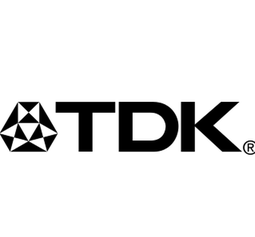Pulaski Bank's Efficient Issue Tracking System: A Case Study

- Analytics & Modeling - Computer Vision Software
- Application Infrastructure & Middleware - Event-Driven Application
- Finance & Insurance
- Product Research & Development
- Quality Assurance
- Time Sensitive Networking
- System Integration
- Testing & Certification
Pulaski Bank, a customer-centric financial institution, was facing challenges in tracking and resolving issues that arose during the pre-close, pre-shipping, or suspense load processes. The bank had phased out its existing issue tracking system and was in need of a new, efficient system that would provide visibility and ownership to each issue, ensuring timely resolution. The bank required a system that was tailored to their specific needs and could streamline the process of issue tracking and resolution. The absence of an efficient system was potentially affecting the bank's customer service and overall operational efficiency.
Pulaski Bank
Pulaski Bank is a customer-focused financial institution that understands the importance of timely issue resolution in the pre-close, pre-shipping, or suspense load processes. The bank is committed to providing excellent customer service and recognizes the need for an efficient issue tracking system to ensure this. Pulaski Bank is proactive in identifying and addressing operational challenges and is open to adopting new technologies and methodologies to improve its processes and services. The bank values collaboration and worked closely with the TDK team to develop a new issue tracking application tailored to its specific needs.
To address the challenge, Pulaski Bank collaborated with the TDK team to develop a new issue tracking application. The foundation of the project was established by defining the user experience, application vision, and technical foundation of the new system. The TDK team worked closely with Pulaski stakeholders, subject matter experts, and internal users to define the major themes, application vision, and design. The user experience was identified as a critical component of the issue tracking application, and TDK made it a priority to understand the personas and goals of the users. The application and design vision were implemented in development iterations through a highly collaborative process. TDK utilized an Agile development methodology based on time-boxed iterations, which allowed flexibility to implement the right features at the right time and pivot as needed throughout the design and development periods. The final iteration provided an opportunity for TDK to complete a robust quality check and code validation of the issue tracking system without the development of any new features.
Related Case Studies.











